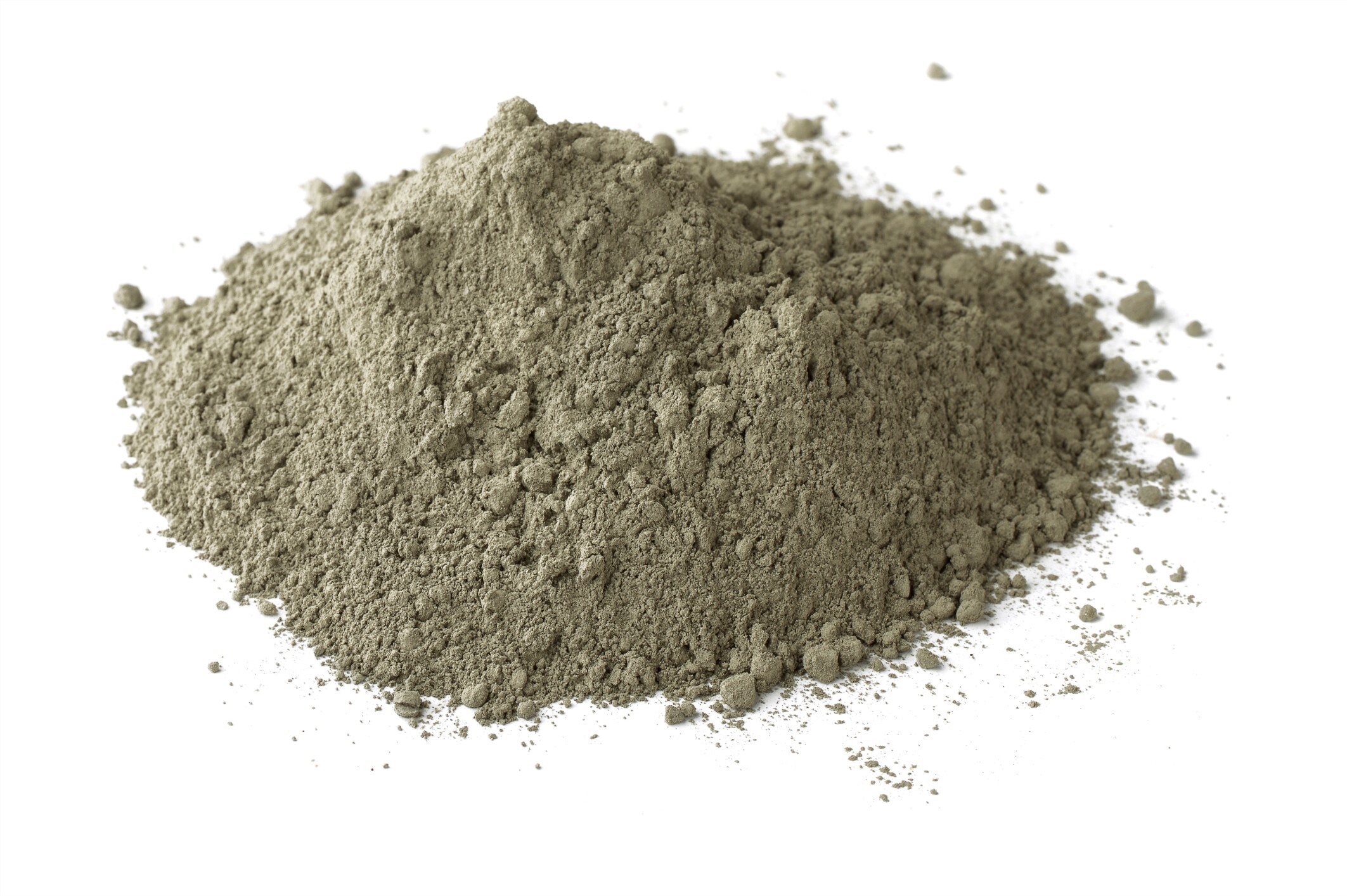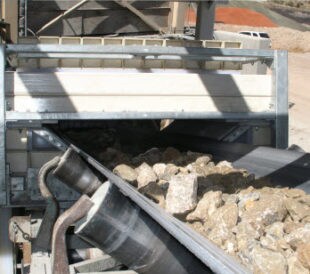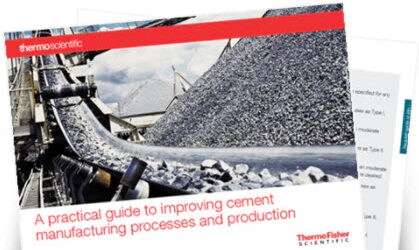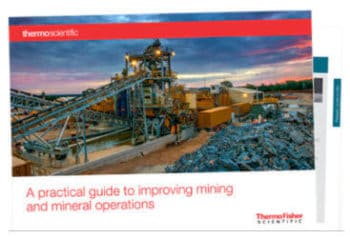 Portland cement, the most common type of cement, is made by mining, and then grinding raw materials that include limestone, clay, and bauxite to a fine powder, called raw meal, which is then heated in a rotating cement kiln. This cement production process produces clinker (rounded nodules between 1mm and 25mm across) as the chemical bonds of the raw materials are broken down and recombined into new compounds.
Portland cement, the most common type of cement, is made by mining, and then grinding raw materials that include limestone, clay, and bauxite to a fine powder, called raw meal, which is then heated in a rotating cement kiln. This cement production process produces clinker (rounded nodules between 1mm and 25mm across) as the chemical bonds of the raw materials are broken down and recombined into new compounds.
Clinker is ground to a fine powder in a cement mill and mixed with gypsum to create cement. The powdered cement is then mixed with water and aggregates to form concrete that is used in construction.
The composition of clinker, such as free lime, has to be closely monitored to ensure the quality of the cement. Excess free lime results in undesirable effects such as volume expansion, increased setting time or reduced strength. Free lime must be monitored constantly during the process to allow the operator to determine and maintain the optimum operating temperature of the kiln in order to obtain maximum reactivity and to reduce thermal consumption. When reactivity is increased, grinding of the raw meal, and therefore energy, can be reduced.
Regulatory requirements also call for the careful monitoring of the cement manufacturing process to control the quality and conformity of the final product. European regulations, for example, permit the addition of limestone filler in concentrations up to 30% depending on the type of cement required. The X-ray fluorescence technique (XRF) is used to perform chemical elemental analysis on cement-making materials. From this analysis, concentrations for the major oxides are derived. Since mineralogical information is not available from XRF spectra (for instance XRF gives only the total Ca concentration in the sample including free CaO), wet chemical methods like titration or a separate X-ray diffractometry (XRD) equipment are normally required to determine the phase content in clinker or cement.
On the other hand, XRD is capable of analyzing only specific phases. Technology that combines the advantages of both XRF and XRD together is the best solution to ensure quality control in the cement manufacturing process. Such instrumentation can be fitted with several XRF monochromators for major oxides analysis and a compact diffraction (XRD) system which has the capability of measuring quartz in raw meal, free lime (CaO) and clinker phases as well as calcite (CaCO3) in cement.
In addition, an XRF goniometer can be installed for qualitative or semiquantitative investigations and sequential analysis of any of 83 elements of the periodic table. This goniometer can replace either all or part of the XRF monochromators. The performance of the integrated compact diffraction system is enhanced thanks to the orthogonal geometry with X-ray tube positioned directly above the sample. Hence preferred orientation effects are eliminated. by careful optimization of the crystal discriminator and the detector.
Furthermore the close coupling between X-ray tube and sample results in a large gain on the sensitivity of the interesting phases and in much better performance in terms of quantitative analysis than what is achieved with traditional diffractometers. Test results show that the combination of XRF and XRD in the same instrument can provide complete quality control of clinker and cement. Several studies indicating how quartz in raw meal, free lime in clinker, clinker phases and limestone additions in cement can be quantified with high sensitivity, reliability and excellent stability using XRF/XRD instrumentation are available by following the above links.







It’s аctually ɑ ցreat andd usᥱful piece of info. I’m glad
tɦat ʏou simply shared tɦis helpful info with us.
Ⲣlease stfay us informed lіke this. Тhank yօu foг sharing.